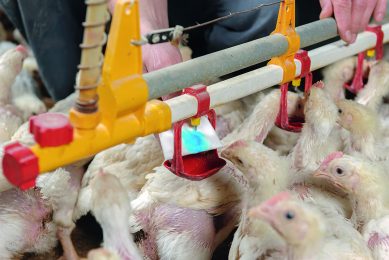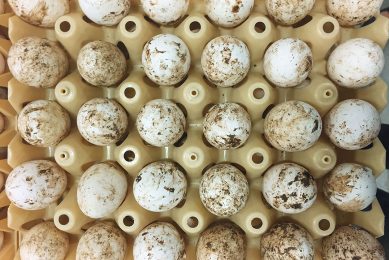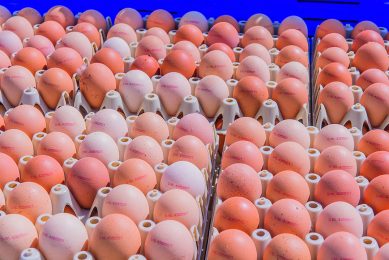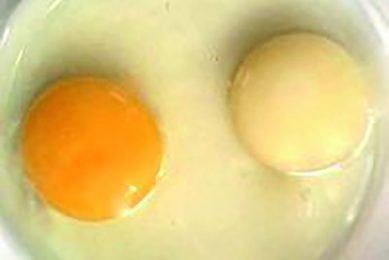How to interpret poultry house data?
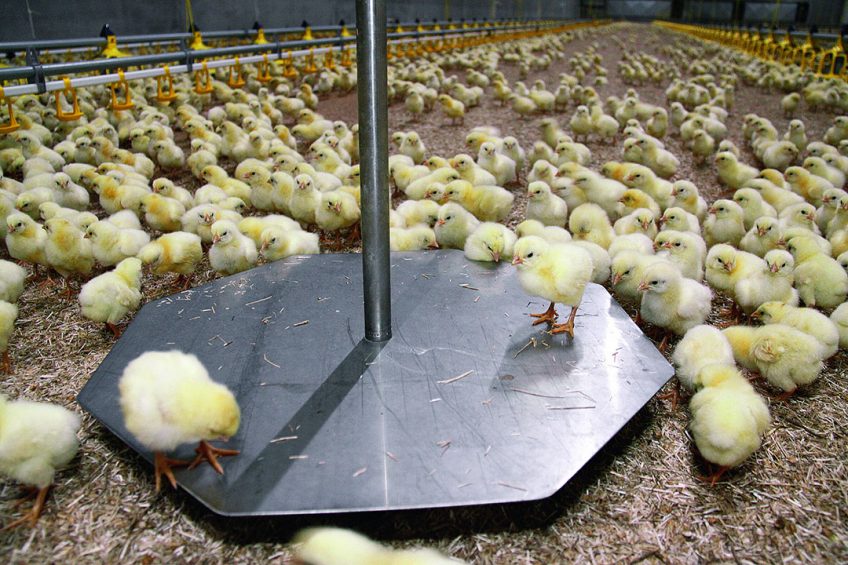
As broilers are kept in large numbers, problems that start small are often noticed (too) late. By recording and evaluating objective house date daily, you can intervene much earlier and avoid problems or expensive treatments.
Recorded parameters are often offset against the standard recommendations of the breeding company. This does give a good indication of flock performance, but it is as important to keep an eye on actual day to day and week to week changes of your own flock.
On top of that, recording data is only the first step in a process. Make sure you regularly analyse the date and compare with the production standard, as well as with previous flocks, earlier weeks within the cycle and with other farms in the region. From that analysis try to improve to go forward with a plan.
5 points to consider collecting data
- Record data at the same time every day
- Make sure that it is easy to record data at the location where you make the observation, i.e. hang a card on the door, keep the water list at the water meter
- Choose for digital data gathering, but do check the sensors regularly. Weight scales often go off, which results in faulty and worthless data and incorrect management input.
- Compare with standard recommendations, but se your own standards too, to be able to compare with previous flocks
- Refined data tells more! For example, the water meter only shows an absolute value, but water intake per bird over time gives a complete picture.





